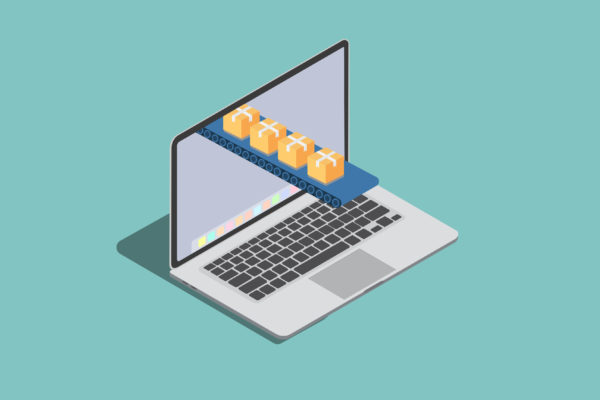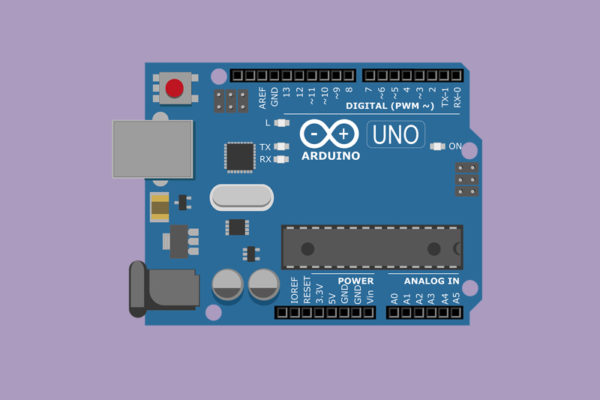Beginner’s Guide to Digital Imaging Formats for Laser Cutting
One of the great things about laser cutting is that it makes high-quality outcomes both accessible and affordable. Some new users are happy to dive right in, but others need a little extra help in the early stages… and that’s what we are here for.
Before you get started it is a good idea to familiarise yourself with some of the basic knowledge and terminology associated with laser cutting. Understanding image formats used in the preparation of artwork for laser cutting is one of the common hurdles that newcomers face.
Let’s take a look at the difference between Vector and Pixel artwork, and what this means for laser cutting.
First up: Pixels
Bitmap images use a grid of ‘Picture Elements’ (pixels), each with a specific set of information. This is a fantastic choice when creating or editing images because there is a high level of control over tones, textures and colors. The sensor in a digital camera records information in this way, and image editing programs such as Photoshop use pixels to work their magic.
Common file types: TIFF (.tif), BMP (.bmp), GIF (.gif), JPEG (.jpg).
Pixels: the good
The upside of pixel-based images is that you have such great control that allows you to replicate all the color and detail of the physical world, and so long as you have the original data, edit to your heart’s content.
Pixels: the bad
Image size. Because data is being recorded for every single pixel, as images get larger, so too does the amount of information needed to define the image. Larger file sizes means more storage space required, and more computing power to process the extra information. Also, Pixel-based images do not scale well. While they can be reduced in size, doing so will result in permanent data loss. This means that image quality will suffer if you try to increase the pixel dimensions, because the computer has to guess how to fill the extra space now that the data is no longer available.
Vector Images
Vectors are best known for their use in typography, drawings and graphic art such as logos. The way that images are created using Vectors is quite different from Pixels. Vector graphics are defined by mathematical equations – they take points, connect them with lines in various shapes, then fill with a color or gradient range. To achieve more complex shapes, there would simply be more and more points and lines. Programs such as Illustrator and Inkscape work with Vectors to create images.
File types: Encapsulated Post Script (.eps), Adobe Illustrator (.ai), Scalable Vector Graphics (.svg).
Vectors: the good
The big thing about Vectors is that they are scalable. No matter how close you get, vector artwork will always be crisp and sharp – independent of the image resolution. The same information (and the same sized Vector image file) can be used to draw a circle whether it is 1mm across or big enough to feature on a billboard. File sizes remain small, regardless of the scale of the image.
Vectors: the bad
There is one notable disadvantage with Vectors; they are not well suited to creating photographic images. This is because the volume of information would become so large as to work against the strengths of using the Vector format.
How does laser cutting fit in?
For laser cutting, Vector paths make the most sense because they are using a more efficient way to get the desired result. When it comes to laser engraving, things do start to change. Laser cutters are happy for engraved images to be either Vector or Pixel-based, but it is important to keep in mind that laser time is expensive. A simple logo might take 3 seconds to engrave as a vector outline, whereas the same object as a Pixel image could take 10x as long. This is because to engrave the Pixel version, the laser has to move across the whole image area from top to bottom; a greater distance than tracing the actual linework itself.
So now we know that Vectors are defined conceptually, in a mathematical space, whereas Pixels exist in a literal space within physical confines. The key difference that results from this is that vectors operate independently from the image resolution, and can allow for more cost-effective laser cutting. Pixel images enable a more detailed, photographic outcome – but this comes at a cost in terms of file size and (importantly for laser cutting) time in the laser cutter.
Here’s a video you can watch that helps clear up some of the mystery when it comes to understanding vector and pixel artwork.


